How to Change A Filter
Changing a filter in a generic air conditioning system involves a few straightforward steps, regardless of the specific brand or model. Here's a general guide to help you through the process:
1. Turn Off at the Thermostat: Before starting, ensure the system is turned off to prevent any air circulation while you change the filter.
2. Locate the Filter: The filter is typically located at the return air duct at the furnace or inside the air handler unit. It may be behind a grille or access panel. Or install in the return grill in the house.
3. Remove the Old Filter: Open the grille or access panel and carefully slide out the old filter. Take note of the filter's size and the direction of airflow, which is usually indicated by arrows on the filter frame.
4. Select the Correct Replacement Filter: Ensure you have the correct size and type of replacement filter. Filters come in various sizes and thicknesses, so it's important to match the new filter to the old one.
5. Write the date on the filter for easy reference on your next filter change.
6. Install the New Filter: Insert the new filter into the slot, making sure the airflow arrows point in the correct direction, towards the air handler or blower.
7. Secure the Filter: Close the grille or access panel securely to ensure the filter stays in place and the system operates efficiently.
8. Turn the Thermostat Back On: Once the new filter is installed, turn the system back on and check for proper operation.
Regularly changing the filter, typically every 1-2 months depending on usage and filter type, helps maintain system efficiency and indoor air quality. A 4 inch thick filter can last as long as 6 months.
Don’t Want to Do It Yourself?
While changing air filters is a straightforward process, some people prefer to leave it to the professionals. If you'd rather not handle it yourself, or if you'd like a complete HVAC maintenance check, Focus Heating & Cooling is here to help! We provide expert HVAC services, including air handler maintenance, to keep your system running smoothly.
Give us a call or text today to schedule a filter replacement or full maintenance service!
Let us take care of your HVAC system, so you don’t have to!
By staying on top of filter changes and regular maintenance, you’ll help your air conditioning system run efficiently, keeping your home comfortable and your air clean year-round.
At Focus Heating & Cooling, we want to keep you informed about important changes happening in the HVAC world. These changes affect what goes inside your air conditioner or heat pump to make it cool—the refrigerant. What’s Changing? Right now, most systems use a refrigerant called R-410A. But starting in 2025, this type will be phased out (discontinued) because it’s not great for the environment. Instead, a new refrigerant called R-454B will be used in new systems. It’s more environmentally friendly and helps reduce global warming. Is R-454B Safe? Yes! Even though R-454B is labeled as “mildly flammable,” it's very safe when used by trained professionals—like our team at Focus Heating & Cooling. We follow special safety rules and use the right tools to handle it properly. What Does This Mean for You? If You Already Have a System: You don’t need to replace it right away. But in the future, repairs might cost more as the old refrigerant becomes harder to find. If You’re Getting a New System: We will use the new, eco-friendly R-454B refrigerant. These systems are just as reliable—and better for the planet. Why the Switch Matters This change is part of a nationwide effort to reduce pollution and protect the environment. It’s like switching from plastic straws to paper ones—a small change that makes a big difference over time. How We Help At Focus Heating & Cooling, we’re here to: Explain the changes in plain, simple language Help you decide if it’s time for a new system or not Safely install new equipment that uses R-454B Keep your current system running smoothly as long as possible Have Questions? We’re Here for You! Call or text us at 503-563-8567 or visit us in Stayton, Oregon. Let’s keep your home comfortable—and eco-friendly!

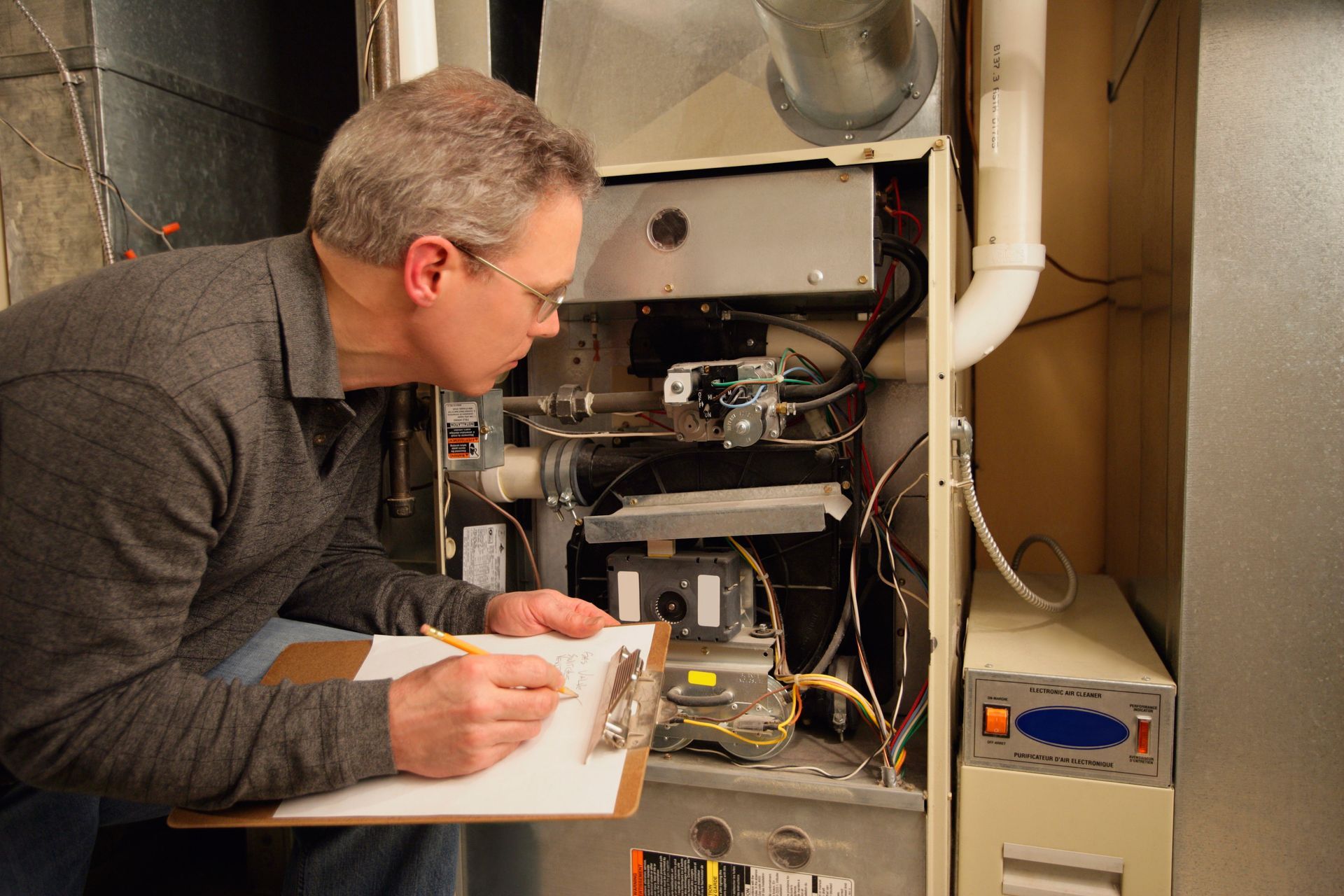
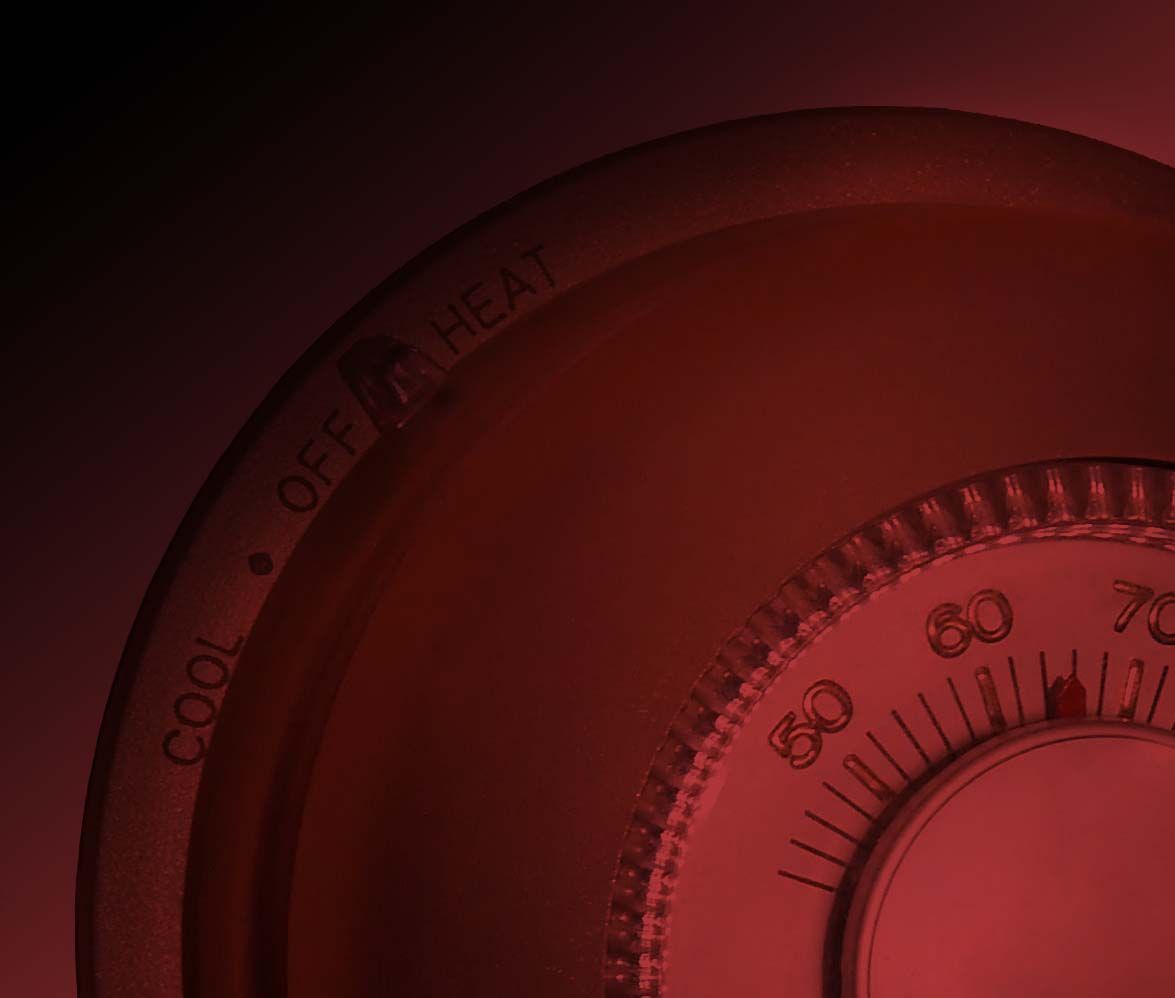
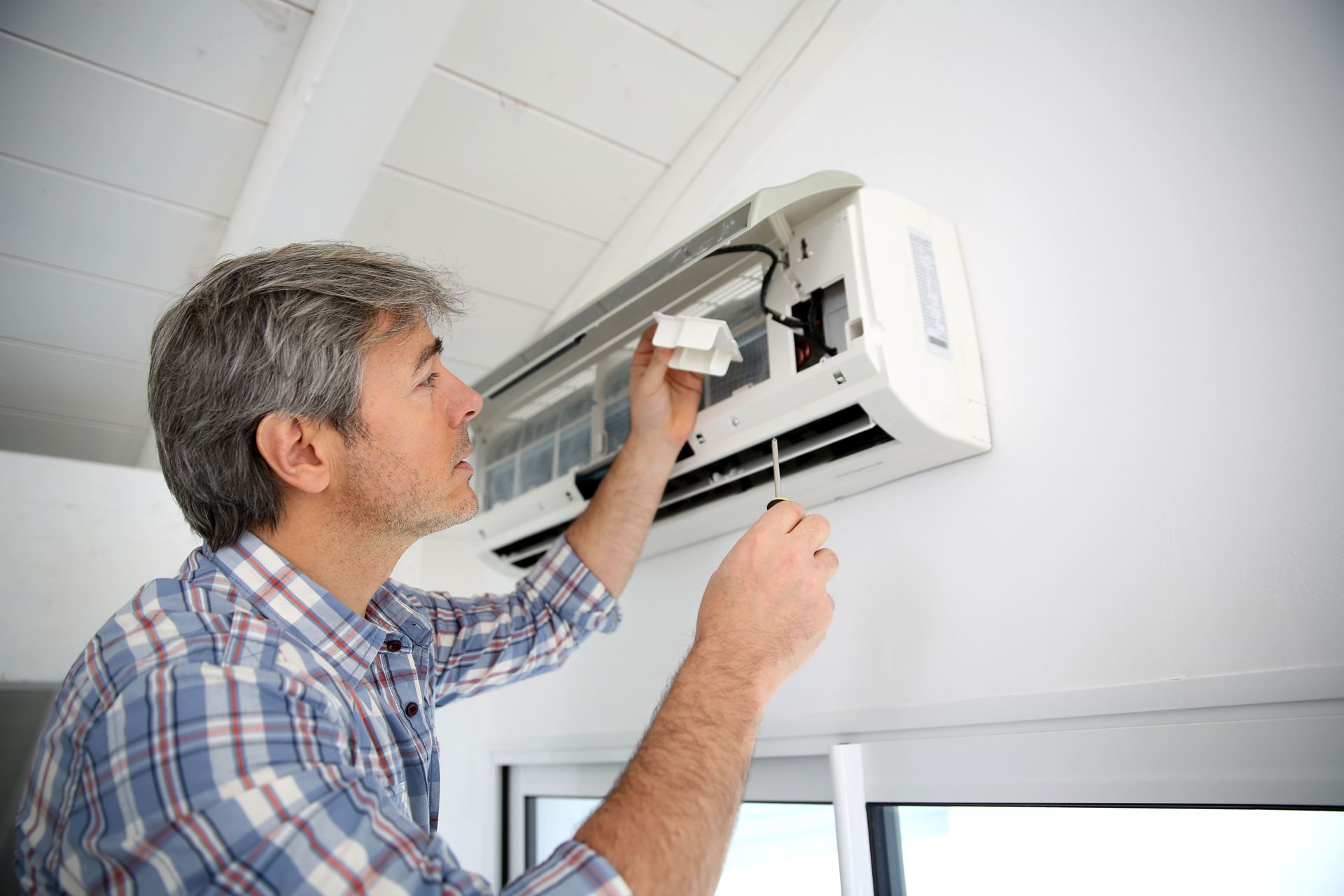



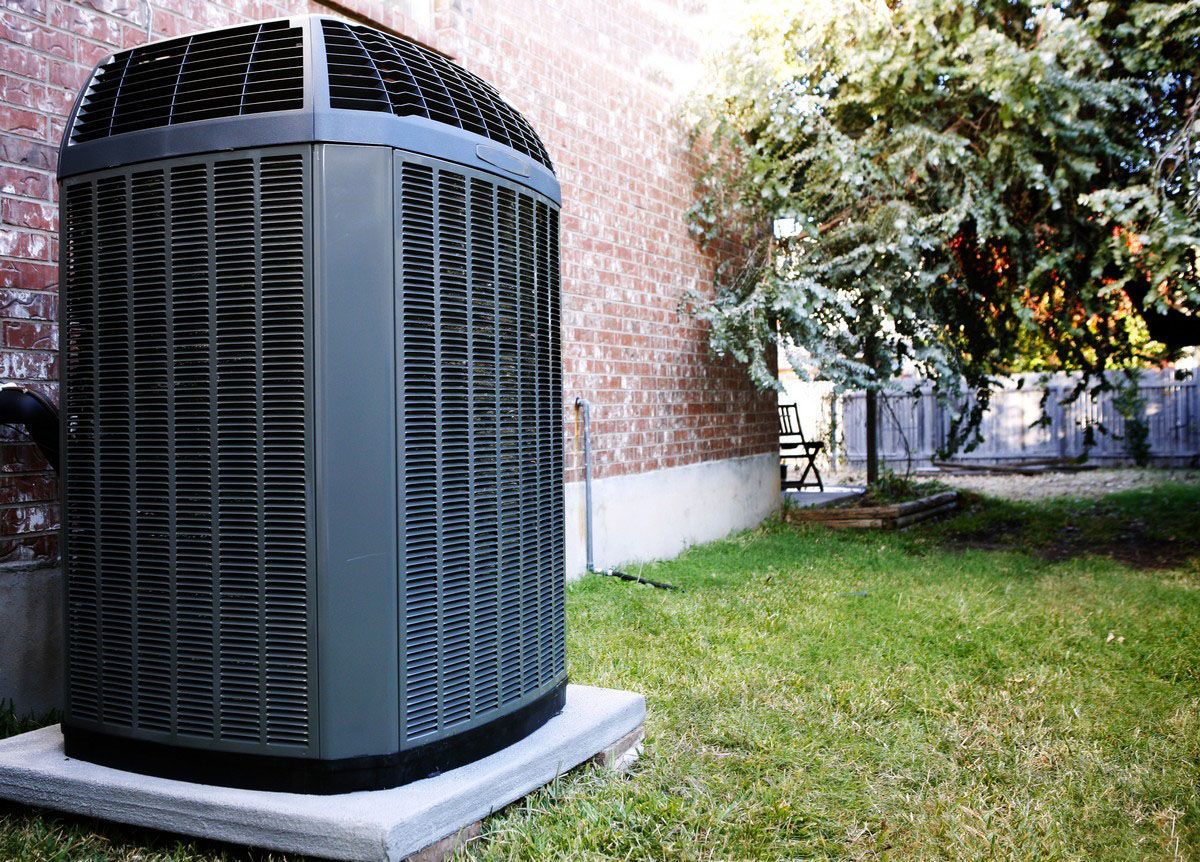
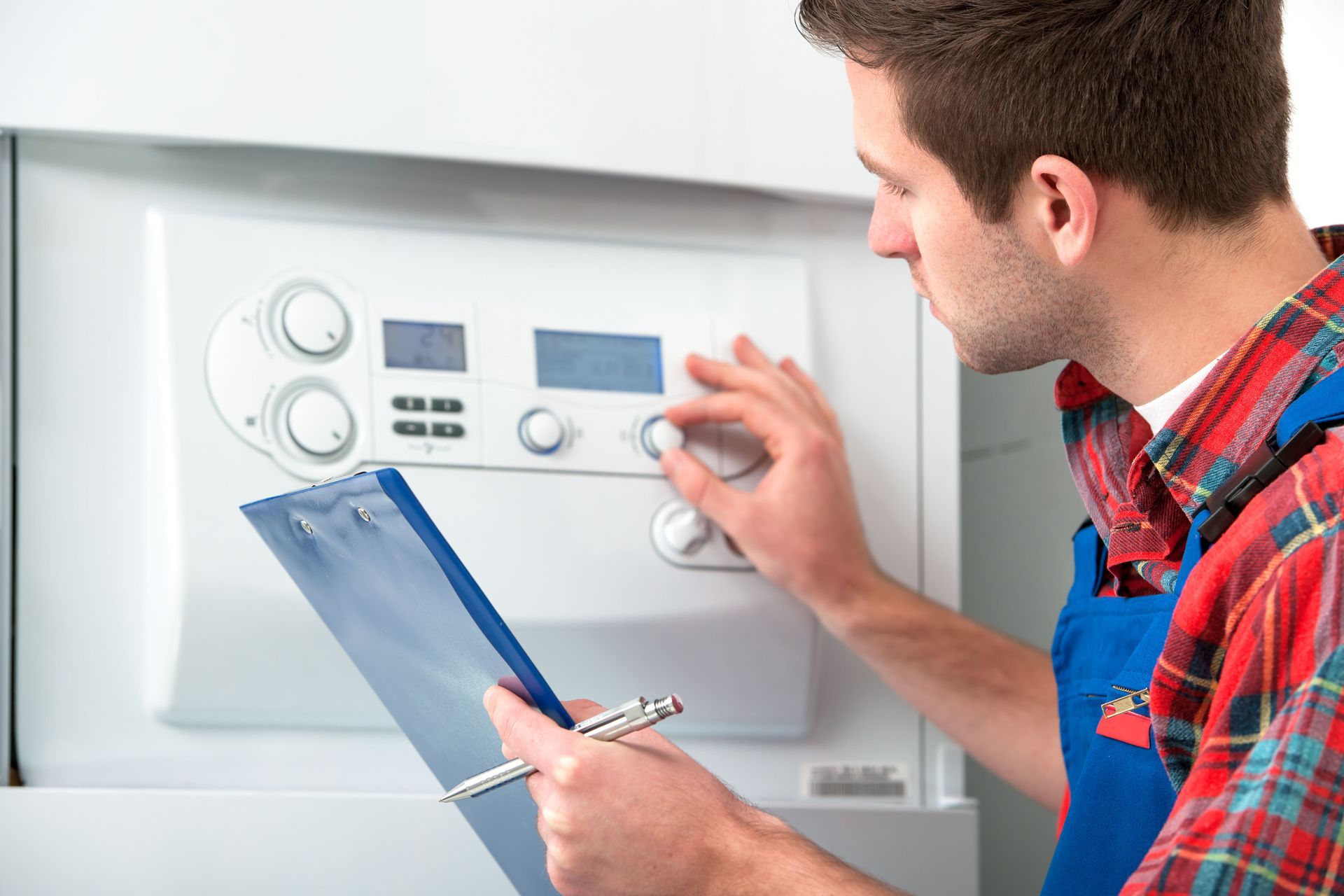
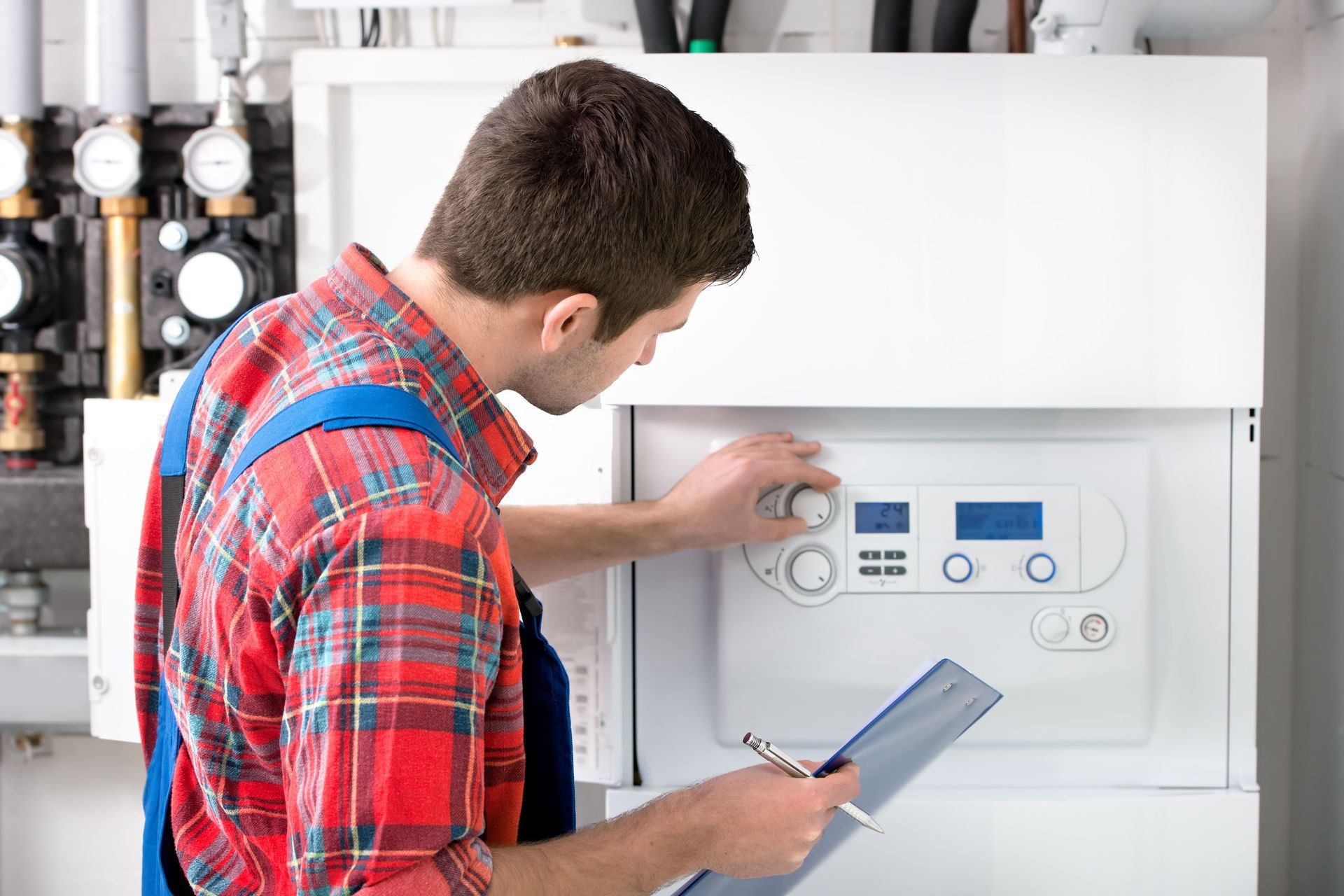
Share On: